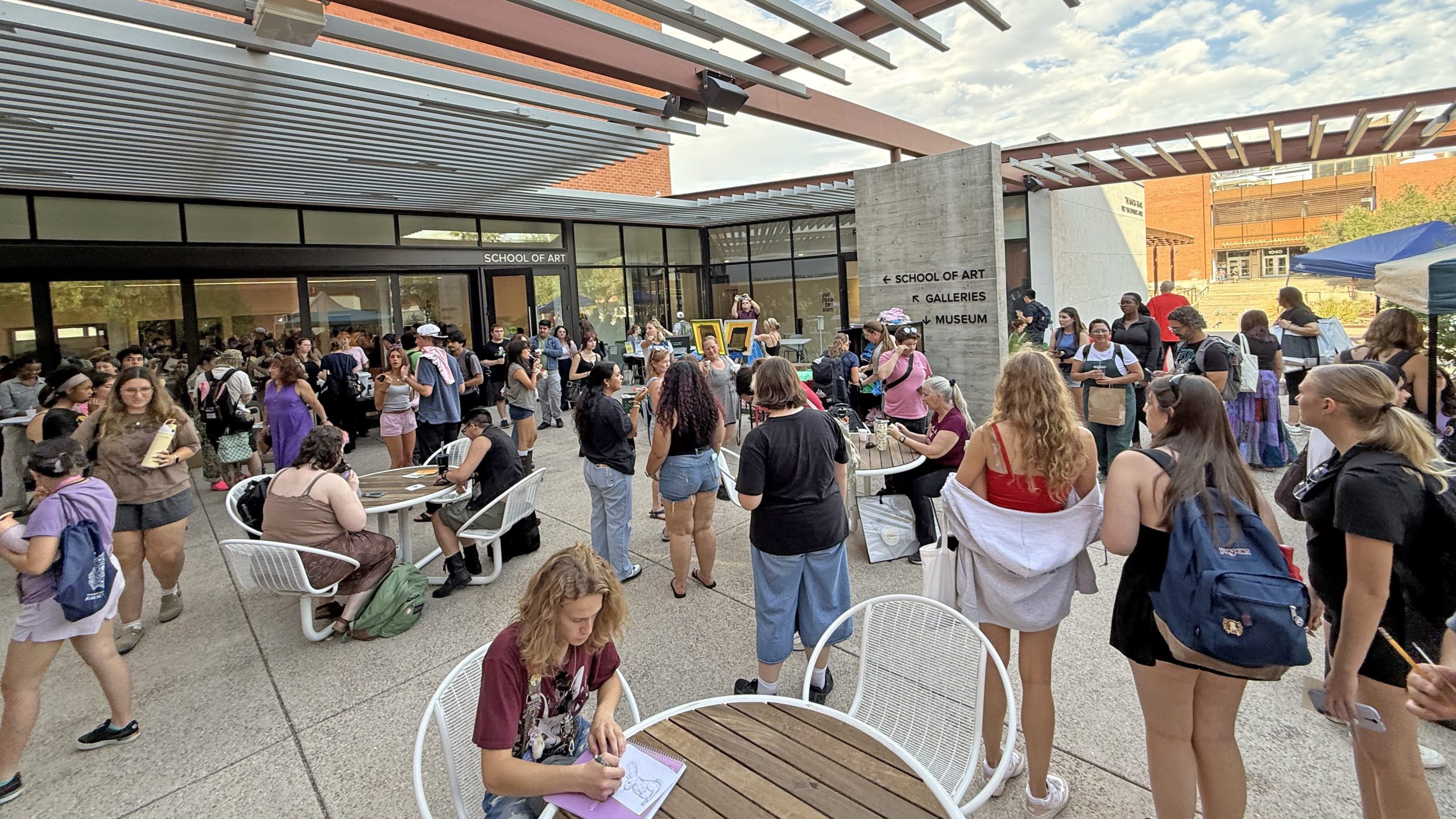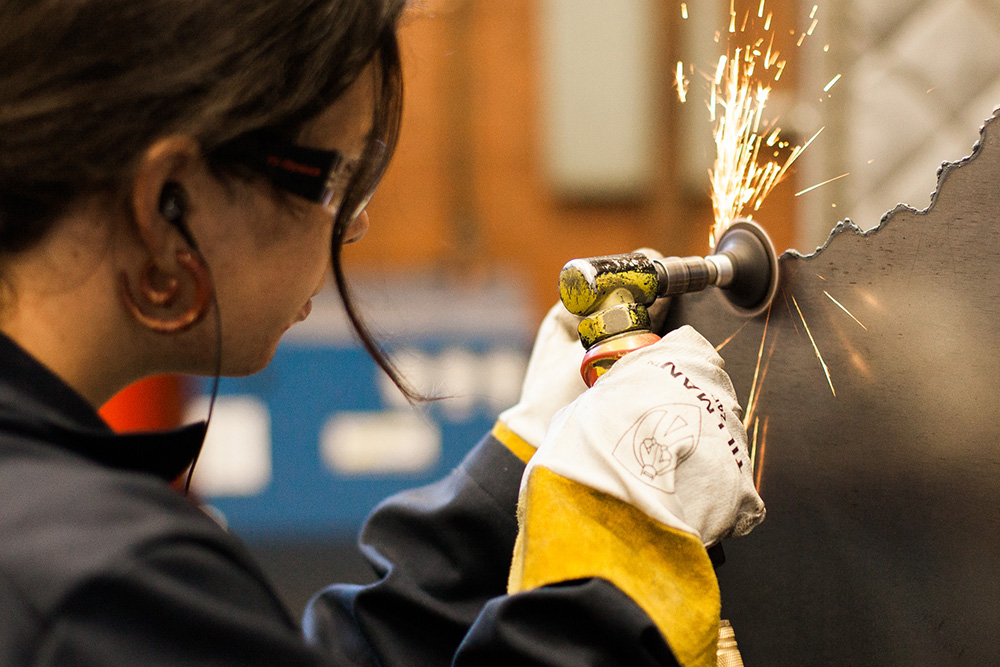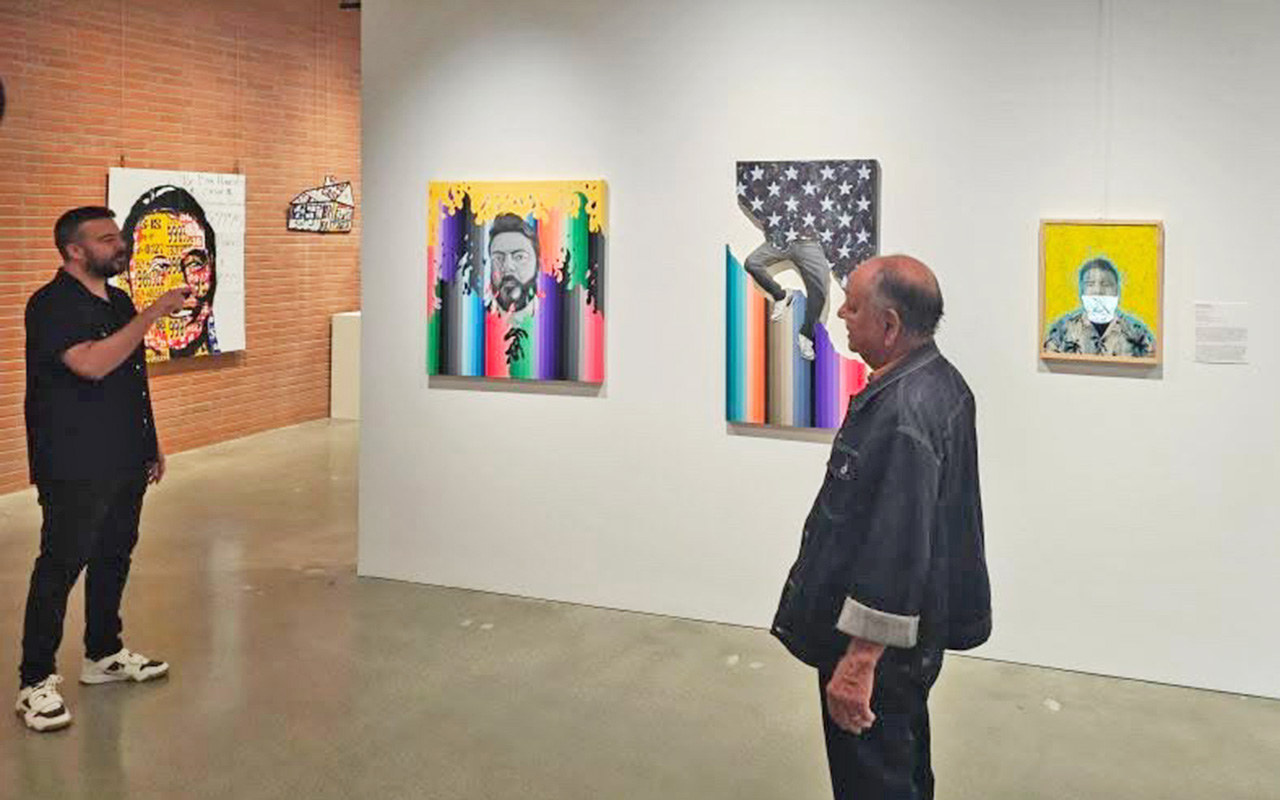The School of Art at the University of Arizona is thriving and ready for its next chapter. If you believe art is not just a discipline but a transformative force that shapes culture and society, this is your opportunity to lead one of the nation’s most distinctive and forward-thinking art schools.
Our programs rank among the best in the country, guided by faculty who are internationally recognized artists, educators, and scholars redefining creative practice. With revitalized facilities, robust resources, and a student body that is diverse, curious, and fearless, we stand at the forefront of innovation and impact. We seek a director who will harness this momentum. Someone who honors our achievements, expands our reach, and leads with imagination and purpose.
This is a rare chance to lead from strength and shape the future of a school grounded in excellence, both academically and operationally. We are looking for a leader who values creative inquiry, champions interdisciplinary connections, and cultivates an environment where faculty, staff, and students thrive and push boundaries.
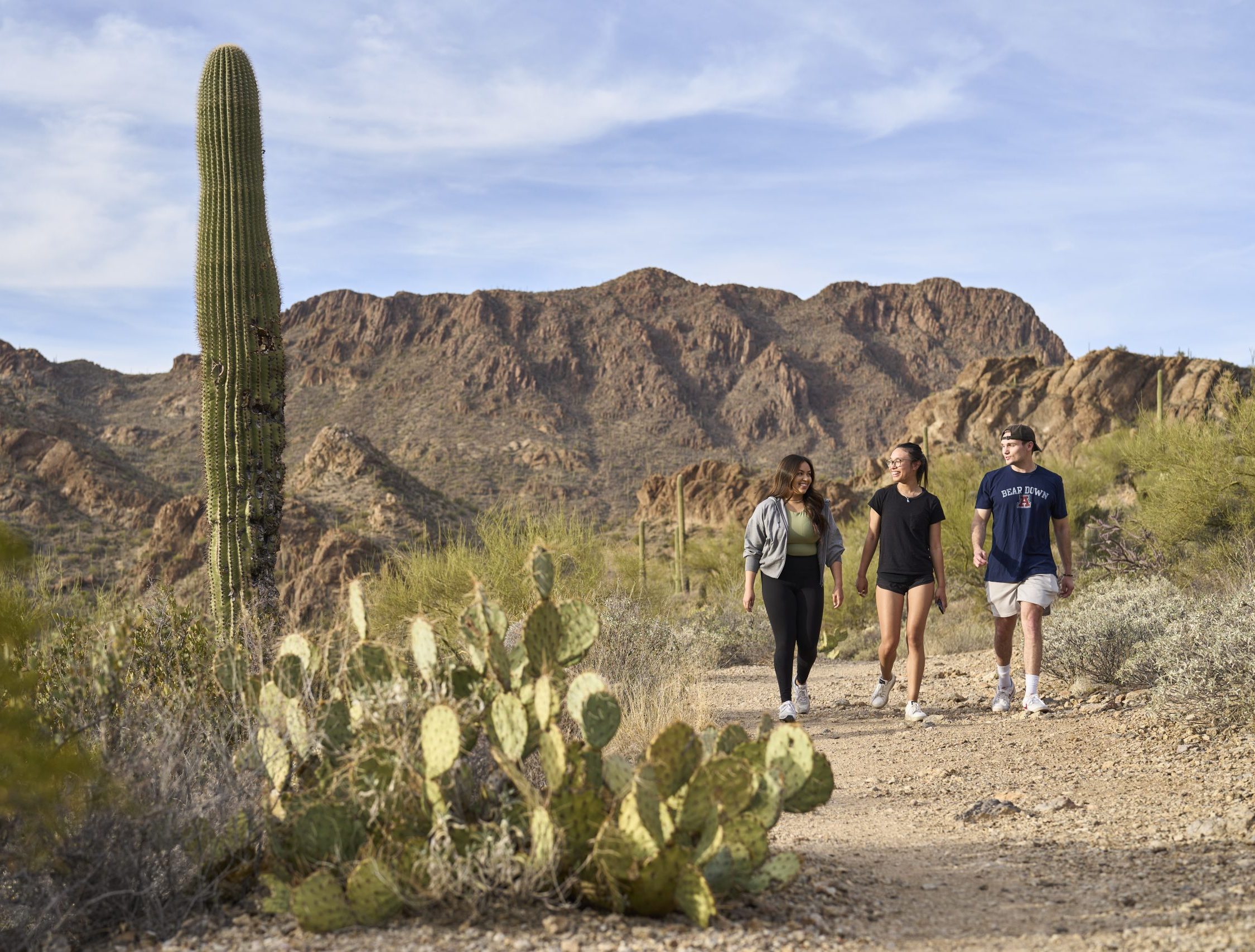
Why Arizona, Why Now
Here in the heart of the Sonoran Desert, the light, the land, and the community shape creativity in extraordinary ways. Tucson is a UNESCO City of Gastronomy, a crossroads of cultures, and a city that values expression, experimentation, and authenticity. It is the perfect setting for artists and thinkers who want to explore how place shapes practice.
The School of Art is part of the College of Fine Arts and the larger division of Arizona Arts, a nationally recognized model for how a public research university can elevate the role of the arts. Together with the Center for Creative Photography, the University of Arizona Museum of Art, and Arizona Arts Live, we have built a collaborative ecosystem that connects teaching, research, and community engagement. It is a rare structure that allows students and faculty to move seamlessly between classrooms, studios, galleries, and world-class creative institutions, all within steps of one another.
This is a pivotal moment for both the university and Arizona Arts. As the University of Arizona enters a new chapter of growth and transformation, there is a powerful opportunity to affirm the role of the arts in shaping its future. Arizona Arts is on the rise, and the School of Art is central to that story. The next director will have the chance to lead boldly, advancing a legacy of excellence and defining the next era of arts education, research, and engagement in the Southwest.
What You Will Lead
As Director, you will join a school that believes in the arts as a force for transformation, personally, intellectually, and socially. You will guide an extraordinary faculty, nurture a community of students across multiple disciplines, and champion work that matters: research that expands understanding, art that sparks dialogue, and education that shapes future leaders in creative industries and beyond.
You will have the support of a financially sound, forward-looking university that values the arts as central to its mission. You will also have the partnership of Arizona Arts, where cross-disciplinary collaboration is not only encouraged but expected, and where you can connect the School’s strengths to broader university research, public impact, and innovation.
About the School
Founded in 1927, the School of Art currently enrolls nearly 700 majors and 60 graduate students. We offer nationally ranked programs and a broad range of undergraduate and graduate degrees in Art History; Art and Visual Culture Education; Studio Art (including 2D Studies; 3D & Extended Media; Illustration, Design and Animation; and Photography, Video and Imaging); and Design Arts and Practices. Our Photography program is ranked No. 3 nationally by U.S. News & World Report.
Alongside newly renovated facilities that foster experimentation and collaboration, the School of Art also maintains about 65,000 square feet of instructional and research space, including the nearby Visual Arts Research Studios (VARS). This space provides graduate and faculty studios, exhibition areas, and additional classrooms, creating an extended environment for creative work and learning.
Our visiting artist program brings global voices to Tucson, our alumni shape creative industries around the world, and our 30 full-time faculty and 14 adjunct faculty earn Fulbright and Guggenheim fellowships, exhibit at major biennales, and publish field-defining research, as do an impressive number of alumni.
About Tucson and the University of Arizona
The University of Arizona is a top-tier, AAU/R1, land-grant institution with more than $1 billion in research expenditures annually. It is also a place that deeply believes the arts belong at the center of the university experience.
Arizona Arts unites the College of Fine Arts with the Center for Creative Photography, the University of Arizona Museum of Art, and Arizona Arts Live. This unique structure integrates arts education, research, and public engagement, creating an environment where collaboration is constant and creativity is visible across campus. The division has become a national model for how a major public research university can elevate the arts while serving its land-grant mission.
Tucson itself is a city of makers and dreamers, affordable, beautiful, and welcoming. With its thriving arts scene that blends Indigenous, Latinx, and Western influences, Tucson provides a rich cultural context for artistic exploration. From vibrant downtown galleries to verdant desert trails that surround campus, it is a place where creative people come to build meaningful lives.
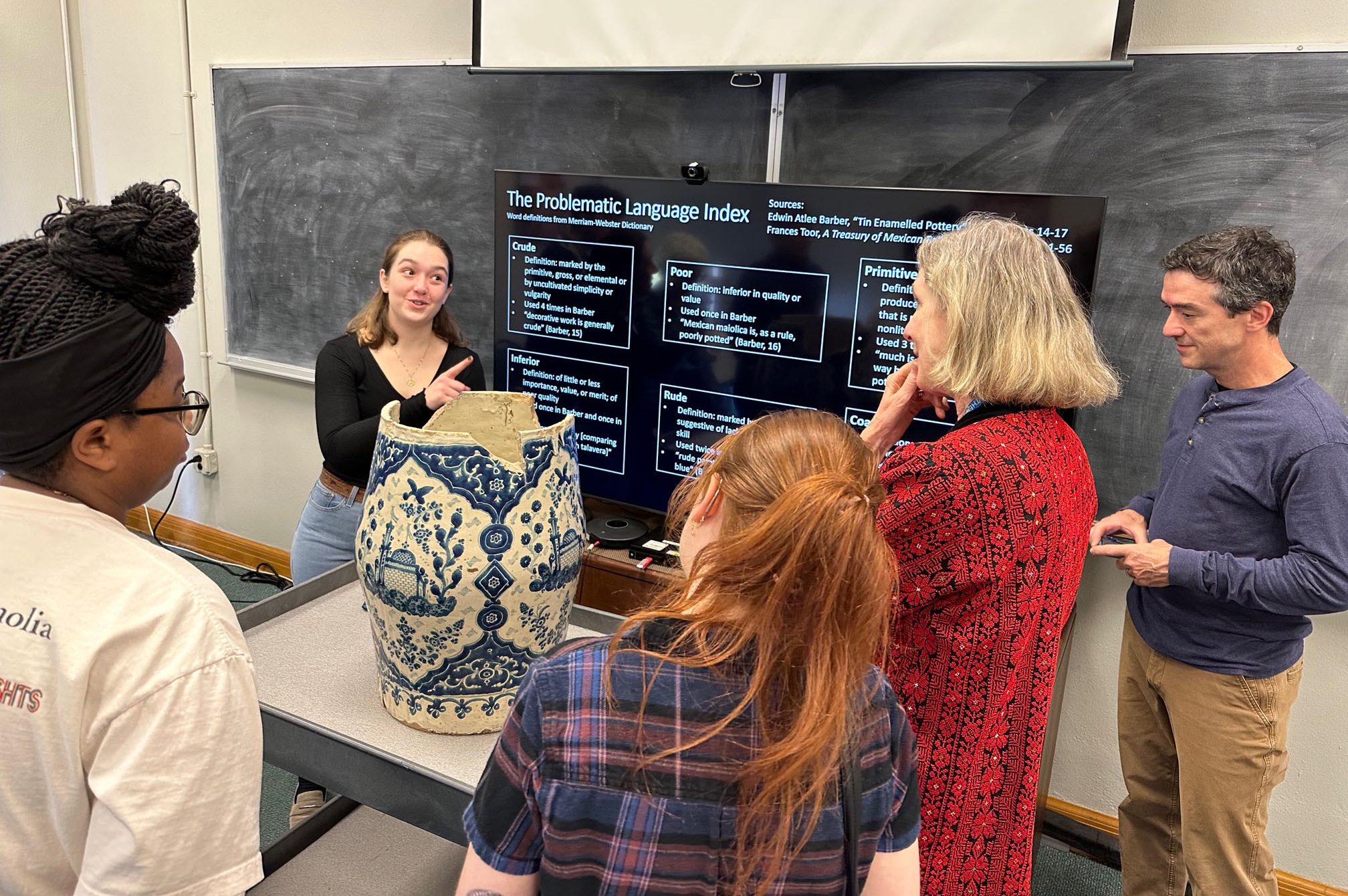
Key Responsibilities
Academic Vision and Excellence
- Lead faculty in sustaining and evolving a forward-looking curriculum that merges artistic rigor, conceptual exploration, and cross-disciplinary collaboration.
- Encourage innovation in teaching and research while strengthening the School’s deep traditions of studio practice and art scholarship.
Faculty, Staff, and Culture
- Cultivate a community built on respect, transparency, and shared purpose.
- Champion the professional growth of faculty and staff and nurture a culture of collaboration, creativity, and inclusion.
Student Experience and Success
- Strengthen recruitment and retention through programs that connect learning, professional practice, and community engagement.
- Champion opportunities that prepare students for meaningful, sustainable creative careers.
Research and Creative Practice
- Support faculty and student research, exhibitions, publications, and practice-led inquiry across disciplines.
- Enhance the School’s visibility and impact within the University’s AAU/R1 research ecosystem.
Partnerships and Advancement
- Collaborate with College and Arizona Arts development teams to build relationships with alumni, donors, and community partners.
- Serve as an ambassador for the School locally, nationally, and internationally, amplifying its reputation and reach.
Operational Leadership
- Manage budgets, personnel, and resources with care and transparency.
- Ensure facilities and equipment remain exceptional and responsive to the evolving needs of art and design education.

Minimum Qualifications
- An appropriate terminal degree or equivalent
- Professional activity to warrant tenure at the rank of Professor or Associate Professor.
- Demonstrated capacity to inspire and unify a dynamic academic community, cultivating excellence across a wide-ranging and interdisciplinary landscape.
- Commitment to support the professional development of faculty, appointed professionals, and staff.
- Interest in developing strong ties and connections with external constituencies and individuals, amplifying the School’s reach and relevance.
- Commitment to engaging in strategies for successful development on behalf of the School and the College.
Preferred Qualifications
- Academic administrative experience commensurate with the demands of the position.
- Established record of research and leadership that aligns with the School’s programming and mission.
- Experience working with financial models of large complex universities.
- Experience administering academic and professional programs in the context of a research institution
- Experience and qualifications sufficient for appointment at the rank of Professor
Learn More and Apply
Please visit https://talent.arizona.edu/ to apply with CV and cover letter. Review of Applications begins January 5, 2026, and will remain open until filled. The University of Arizona is an Equal Opportunity Vets/Disabled institution.
Apply Now!